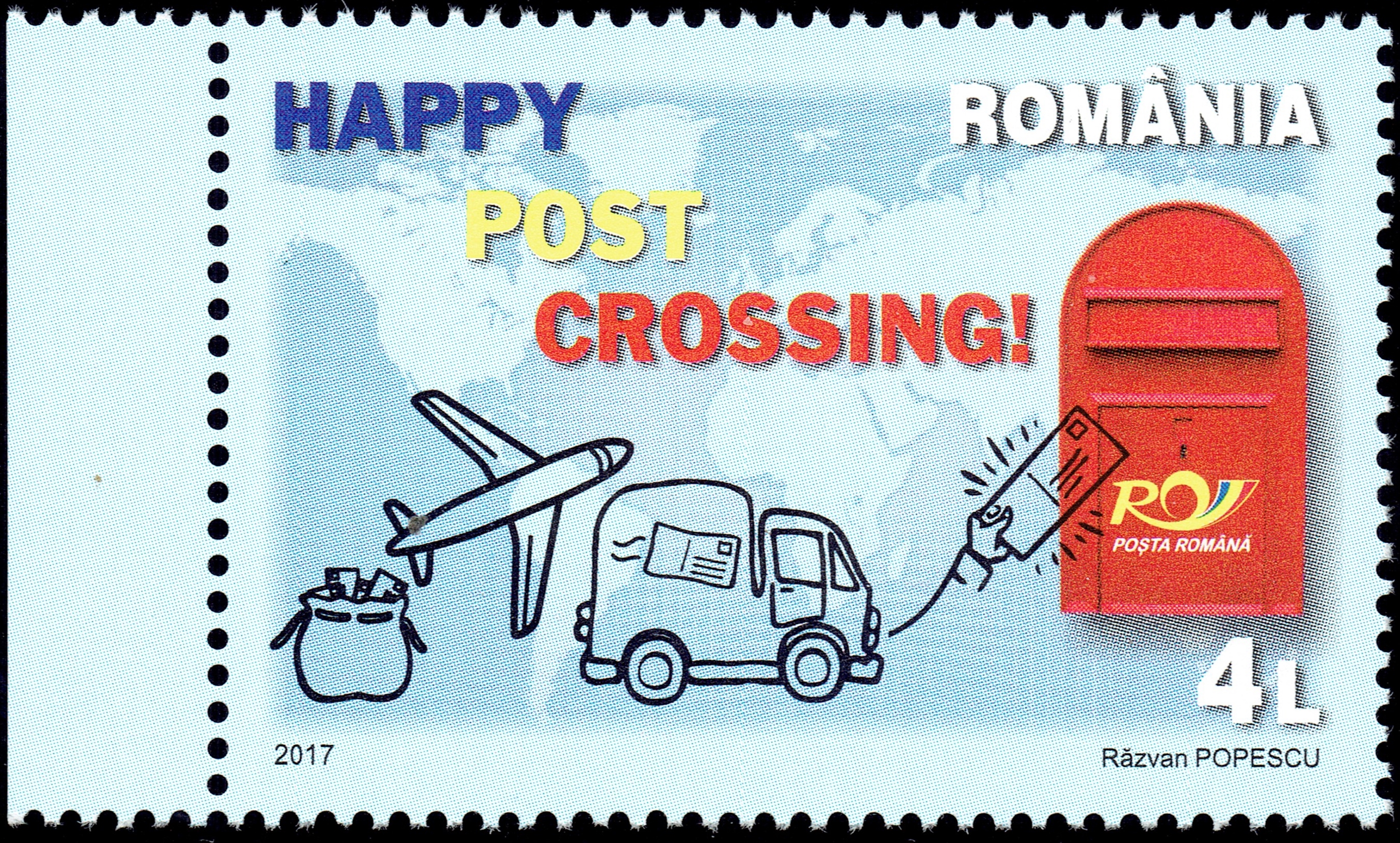
Although people have used some form of card to send messages probably since the earliest days of postal systems, cards with some image as a part of their design have only been around as long as the postage stamp itself. Postal cards were soon being produced with an imprinted stamp with picture postcards becoming extremely popular by the end of the 19th century and the collecting of them branching away from stamp collecting into its own hobby of deltiology. I’ve always linked the two — often paying more attention to the stamps and postal markings than to the picture on the other side — and was thrilled when I discovered Postcrossing — an online postcard exchange — a year after the project started in Finland.
The term deltiology (from the Greek δελτίον, deltion, diminutive of δέλτος, deltos, “writing tablet, letter” and -λογία, –logia) was first coined by Professor Randall Rhoades of Ashland, Ohio, in 1945 and took about 20 years to appear in a dictionary. Compared to philately, the identification of a postcard’s place and time of production can often be an impossible task because postcards, unlike stamps, are produced in a decentralized, unregulated manner. For this reason, some collectors choose to limit their acquisitions to cards by specific artists and publishers, or by time and location.


The earliest known picture postcard was a hand-painted design on card, posted in Fulham in London by the writer Theodore Hook to himself in 1840. He probably created and posted the card to himself as a practical joke on the postal service, since the image is a caricature of workers in the post office. Not only is this the first picture postcard, but it is also the only surviving usage of a Penny Black on a postcard according to a BBC news report. In March 2002, the postcard sold for a record £31,750 to a collector in Latvia.
In the United States, the custom of sending through the mail, at letter rate, a picture or blank card stock that held a message, began with a card postmarked in December 1848 containing printed advertising. The first commercially produced card was created in 1861 by John P. Charlton of Philadelphia, who patented a postal card, and sold the rights to Hymen Lipman, whose postcards, complete with a decorated border, were labeled “Lipman’s postal card”. These cards had no images.
The first government-issued postal card with an imprinted stamp was released by Austria in 1869. In Britain, postcards without images were issued by the Post Office in 1870, and were printed with a stamp as part of the design, which was included in the price of purchase. These cards came in two sizes. The larger size was found to be slightly too large for ease of handling, and was soon withdrawn in favor of cards a ½-inch (13 mm) shorter. The first known printed picture postcard, with an image on one side, was created in France in 1870 at Camp Conlie by Léon Besnardeau. Conlie was a training camp for soldiers in the Franco-Prussian war. The cards had a lithographed design printed on them containing emblematic images of piles of armaments on either side of a scroll topped by the arms of the Duchy of Brittany and the inscription “War of 1870. Camp Conlie. Souvenir of the National Defense. Army of Brittany”. While these are certainly the first known picture postcards, there was no space for stamps and no evidence that they were ever posted without envelopes.

In the following year the first known picture postcard in which the image functioned as a souvenir was sent from Vienna. The first advertising card appeared in 1872 in Great Britain and the first German card appeared in 1874. Cards showing images increased in number during the 1880s. Souvenir postcards mailed from the newly built Eiffel Tower in 1889 and 1890 gave impetus to the postcard collecting, leading to the so-called “golden age” of the picture postcard in years following the mid-1890s. Early postcards often showcased photography of nude women. These were commonly known as French postcards, due to the large number of them produced in France.
The first American postcard was manufactured in 1873 by the Morgan Envelope Factory of Springfield, Massachusetts, and depicted the Interstate Industrial Exposition that took place in Chicago. President Ulysses S. Grant had authorized postage-imprinted cards in 1872 and the United States Post Office Department issued the first official postcard on May 12, 1873 (Scott #UX1), introduced by Postmaster General John Creswell. These bore the inscription United States POSTAL CARD along with a printed one-cent stamp and lines for the receiver’s address on one side with the other side being blank for the sender to write a message. By law, only cards issued by the U.S. government were allowed to use the words “Postal Card”.
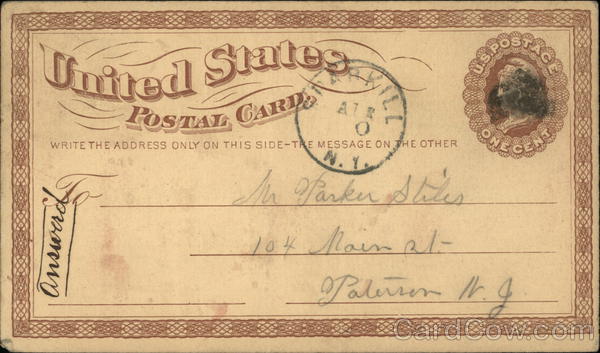
When the Universal Postal Union was established in 1874 during the World Postal Congress in Berne, Switzerland, the set of regulations to govern correspondence between nations included standards for postcards. The 22 founding member nations agreed on a standard size of 3½ x 5½ inches (90 x 140 mm) for government-issued postal cards. These would be allowed to cross international borders at the same rate of postage and each country agreed to accept the value of the issuing nation’s cards.
The U.S. Post Office Department began selling postal cards in uncut sheets in 1875. These were purchased mainly for the purpose of advertising as the large format allowed companies to feed the cards into a large press for additional printing. Prior to 1893, the postal cards were almost always used by advertisers with very few used as greeting cards. The first postcard to be printed as a souvenir in the United States was created in 1893 to advertise the World’s Columbian Exposition in Chicago. Postcards, in the form of government postal cards and privately printed souvenir cards, became very popular as a result of the Columbian Exposition after postcards featuring buildings were distributed at the fair. However, many American philatelists of the time considered pictured postcards as “rubbish” and felt the country would be inundated by them, especially if postcards were produced for every historical event.
In 1894, British publishers were given permission by the Royal Mail to manufacture and distribute picture postcards, which could be sent through the post. It was originally thought that the first UK postcards were produced by printing firm Stewarts of Edinburgh but later research published in Picture Postcard Monthly in 1991, has shown that the first British picture card was published by ETW Dennis of Scarborough. Two postmarked examples of the September 1894 ETW Dennis card have survived but no cards of Stewart dated 1894 have been found. Early postcards were pictures of landmarks, scenic views, photographs or drawings of celebrities and so on. With steam locomotives providing fast and affordable travel, the seaside became a popular tourist destination, and generated its own souvenir-industry.

The British seaside postcards soon developed into cartoon-style saucy postcards. They were often bawdy in nature, making use of innuendo and double entendres and traditionally featured stereotypical characters such as vicars, large ladies, and put-upon husbands, in the same vein as the Carry On films. These became widespread by the early 1930s and, at the peak of their popularity, the sale of saucy postcards reached a massive 16 million a year. A newly-elected Conservative government began a crackdown on these types of postcards in the early 1950s, fearing the deterioration of British morals but the style was revived during the more liberal 1960s and later came considered by some as an art form. A decline in their popularity began during the 1970s and 1980s as the quality of the artwork and humor deteriorated along with the changing of public attitudes towards the cards’ content. However, postcards continue to be a significant economic and cultural aspect of British seaside tourism in the present day, often featuring multiple depictions of a particular resort in unusually favorable weather conditions.
In the United States, the Post Office Department was the only establishment allowed to print postcards, which it did using many private contractors which resulted in a number of varieties. On May 19, 1898, the U.S. Congress passed the Private Mailing Card Act, which allowed private publishers and printers to produce postcards. Initially, the United States government prohibited private companies from calling their cards “postcards”, so they were known as “souvenir cards”. These cards had to be labeled “Private Mailing Cards”. This prohibition was rescinded on December 24, 1901, from when private companies could use the word “postcard”. Postcards were not allowed to have a divided back and correspondents could only write on the front of the postcard. This was known as the “undivided back” era of postcards. From March 1, 1907 the Post Office allowed private citizens to write on the address side of a postcard. It was on this date that postcards were allowed to have a “divided back”.
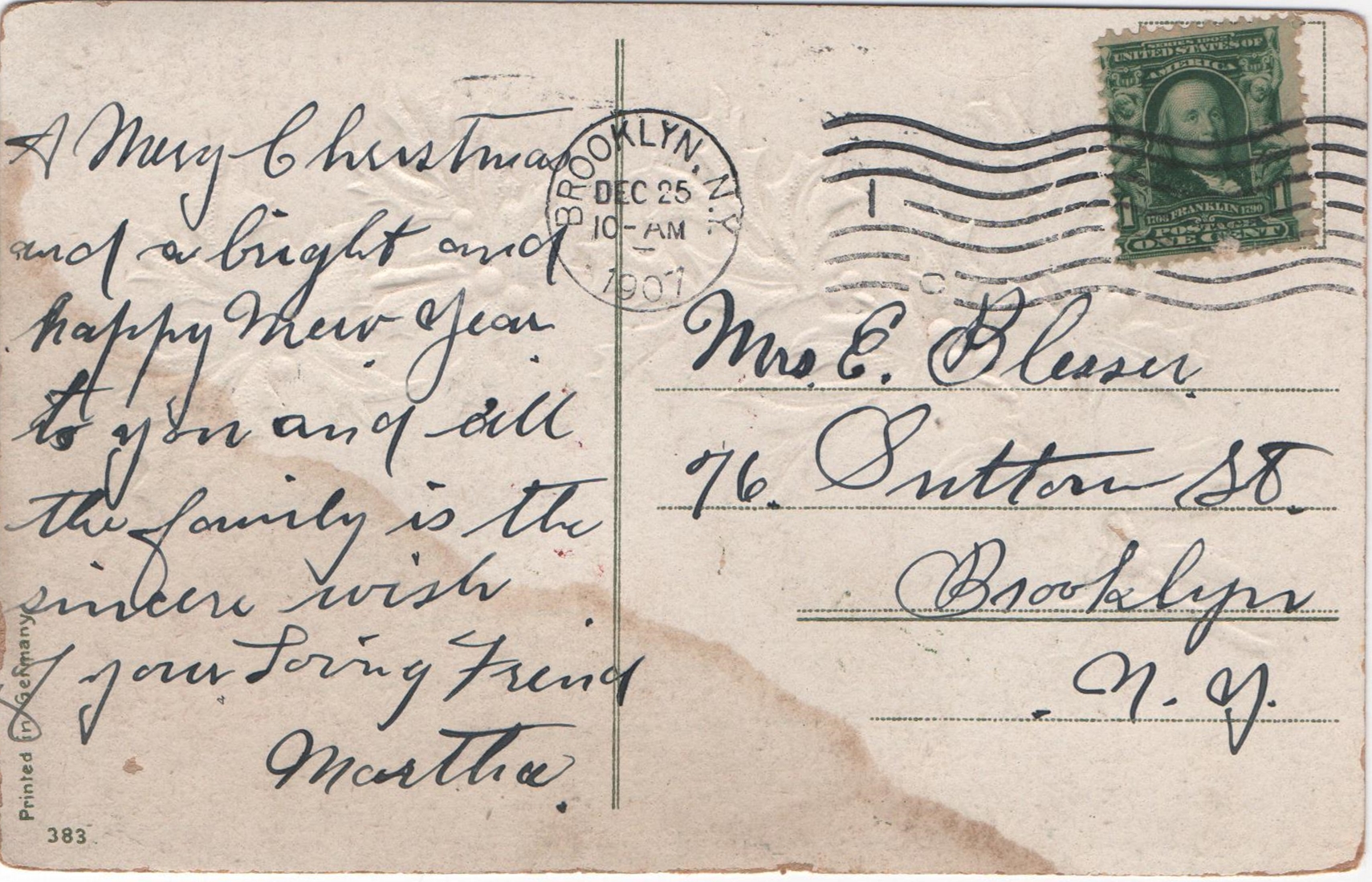
On these cards, the back is divided into two sections: the left section is used for the message and the right for the address. Thus began the Golden Age of American postcards, which peaked in 1910 with the introduction of tariffs on German-printed postcards, and ended by 1915, when World War I ultimately disrupted the printing and import of the fine German-printed cards. The postcard craze between 1907 and 1910 was particularly popular among rural and small-town women in Northern U.S. states. In 1908, more than 677 million postcards were mailed.
The “white border” era, named for borders around the picture area, lasted from about 1916 to 1930. Mid-century linen postcards were produced in great quantity from 1931 to 1959. Despite the name, linen postcards were not produced on a linen fabric, but used newer printing processes that used an inexpensive card stock with a high rag content, and were then finished with a pattern which resembled linen. The face of the cards is distinguished by a textured cloth appearance which makes them easily recognizable. The reverse of the card is smooth, like earlier postcards. The rag content in the card stock allowed a much more colorful and vibrant image to be printed than the earlier “white border” style. Due to the inexpensive production and bright realistic images they became popular.


One of the better known linen era postcard manufacturers was Curt Teich and Company, who first produced the immensely popular “large letter linen” postcards (among many others). The card design featured a large letter spelling of a state or place with smaller photos inside the letters. The design can still be found in many places today. Other manufacturers include Tichnor and Company, Haynes, Stanley Piltz, E.C Kropp, and the Asheville Postcard Company.
Even though the images on linen cards were often based on photographs, they contained much handiwork of the artists who brought them into production. It is notable that they were to be the last postcards to show any touch of the human hand on them. In their last days, following the end of the Second World War in 1945, many linen cards were published to look more like the photo-based chrome cards that began to dominate the market. Textured papers for postcards had been manufactured ever since the turn of the century. Since this procedure was not then a necessary step in aiding card production, its added cost kept the process limited to a handful of publishers. Its original use most likely came from attempts to simulate the texture of canvas, thus relating the postcard to a painted work of fine art.
The last and current postcard era began about 1939. This is the “chrome” era which began to dominated postcard production in the early 1950s. The images on these cards are generally based on colored photographs, and are readily identified by the glossy appearance given by the paper’s coating. In her book The Tourist Image: Myths and Myth Making in Tourism, Elizabeth Edwards wrote,
“These still photographs made the invisible visible, the unnoticed noticed, the complex simple and the simple complex. The power of the still photograph forms symbolic structures and make the image a reality.”
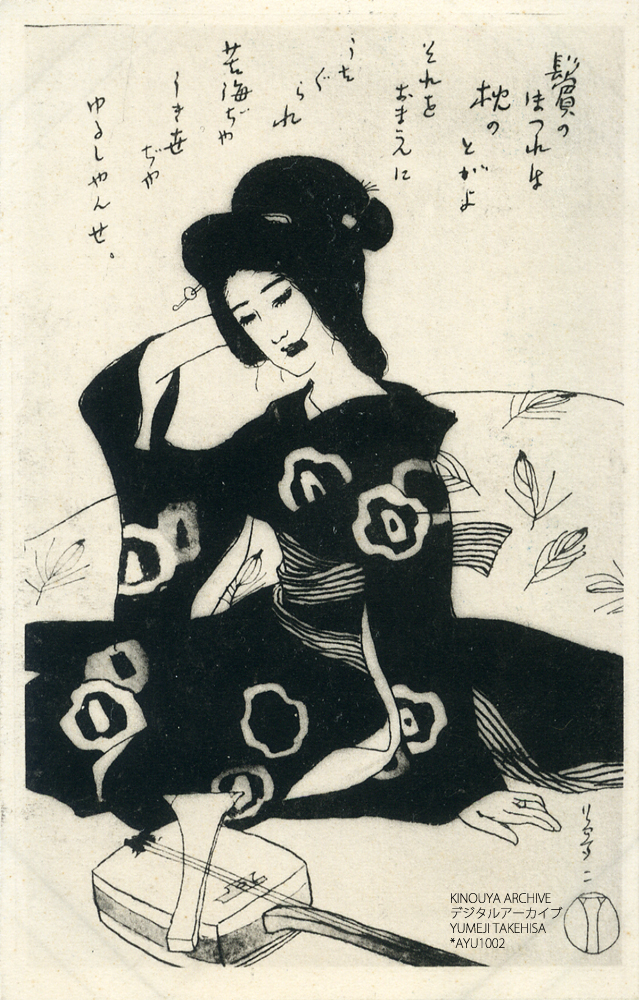
In Japan, official postcards were introduced in December 1873, shortly after stamps were introduced to Japan. These have one side dedicated exclusively to the address, and the other side for the content, though commemorative picture postcards and private picture postcards also exist. In Japan today, two particular idiosyncratic postcard customs exist: New Year’s Day postcards (年賀状 nengajō) and return postcards (往復はがき ōfuku-hagaki). New Year’s Day postcards serve as greeting cards, similar to Western Christmas cards, while return postcards — introduced in 1885 — function similarly to a self-addressed stamped envelope, allowing one to receive a reply without burdening the addressee with postage fees. Return postcards consist of a single double-size sheet, and cost double the price of a usual postcard; one addresses and writes one half as a usual postcard, writes one’s own address on the return card, leaving the other side blank for the reply, then folds and sends. Return postcards are most frequently encountered by non-Japanese in the context of making reservations at certain locations that only accept reservations by return postcard, notably at Saihō-ji (moss temple). For overseas purposes, an international reply coupon is used instead.
Today, postcards are collected by historical societies, libraries and genealogical societies because of their importance in research such as how a city looked at a particular time in history as well as social history. Many elementary schools use postcards to teach children geography and postcard penpal programs have been established to help children in language arts. Postcard collectors — deltiologists — collect for a variety of reasons. Some are attracted to the postcards themselves, then narrow down their interests. Others are interested in something in particular, such as ballet, then decide to collect ballet-related postcards as a way to augment their interest in ballet.
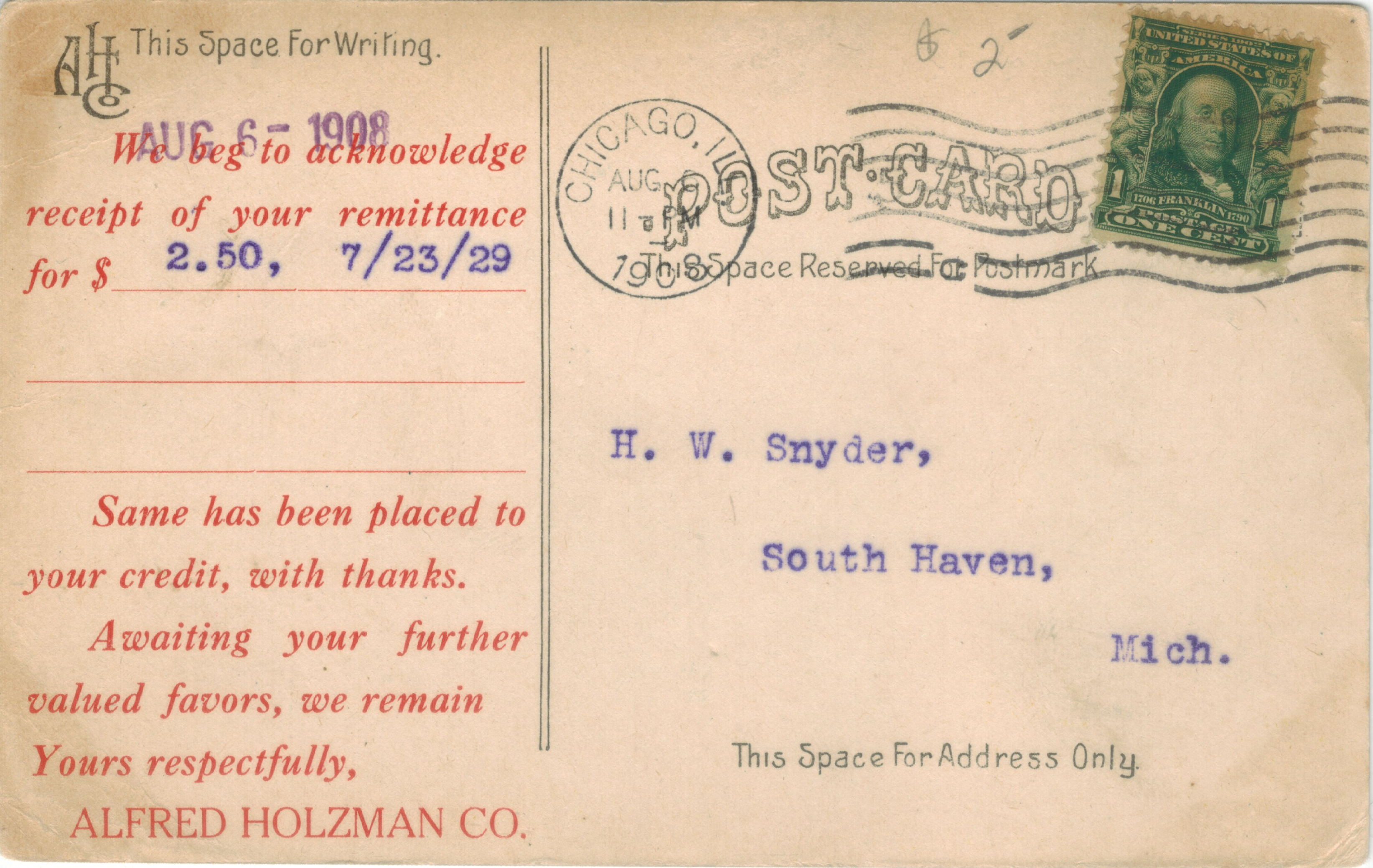
Much like stamp collectors and philatelists, deltiologists have developed a number of terms and guidelines for their hobby. For example, there are some general rules to dating when a postcard was printed. Postcards are generally sent within a few years of their printing so the postmark helps date a postcard. If the card is original and not a reprint, a postcard’s original printing date can be deduced from such things as the fashions worn by people in the card, the era in which the cars on the street were made, and other time-sensitive clues. Postcards produced by the Curt Teich Company can be dated more exactly if the stamp box on the reverse is visible, since the company printed a date code within the stamp box.
Picture postcards (PPCs) can be assigned to “the Golden Age of Postcards” (1898–1919), the time of the linens (circa 1930-1950), or to the modern chromes (after 1940). Modern chromes are color photographs and thus differ from photochromes generated from black and white photographs before circa 1915. PPCs can also be differentiated on the basis of other features: undivided backs are typical for circa 1901-1906, and divided backs for between 1907-1915, while white border cards are common from around 1915-1930.
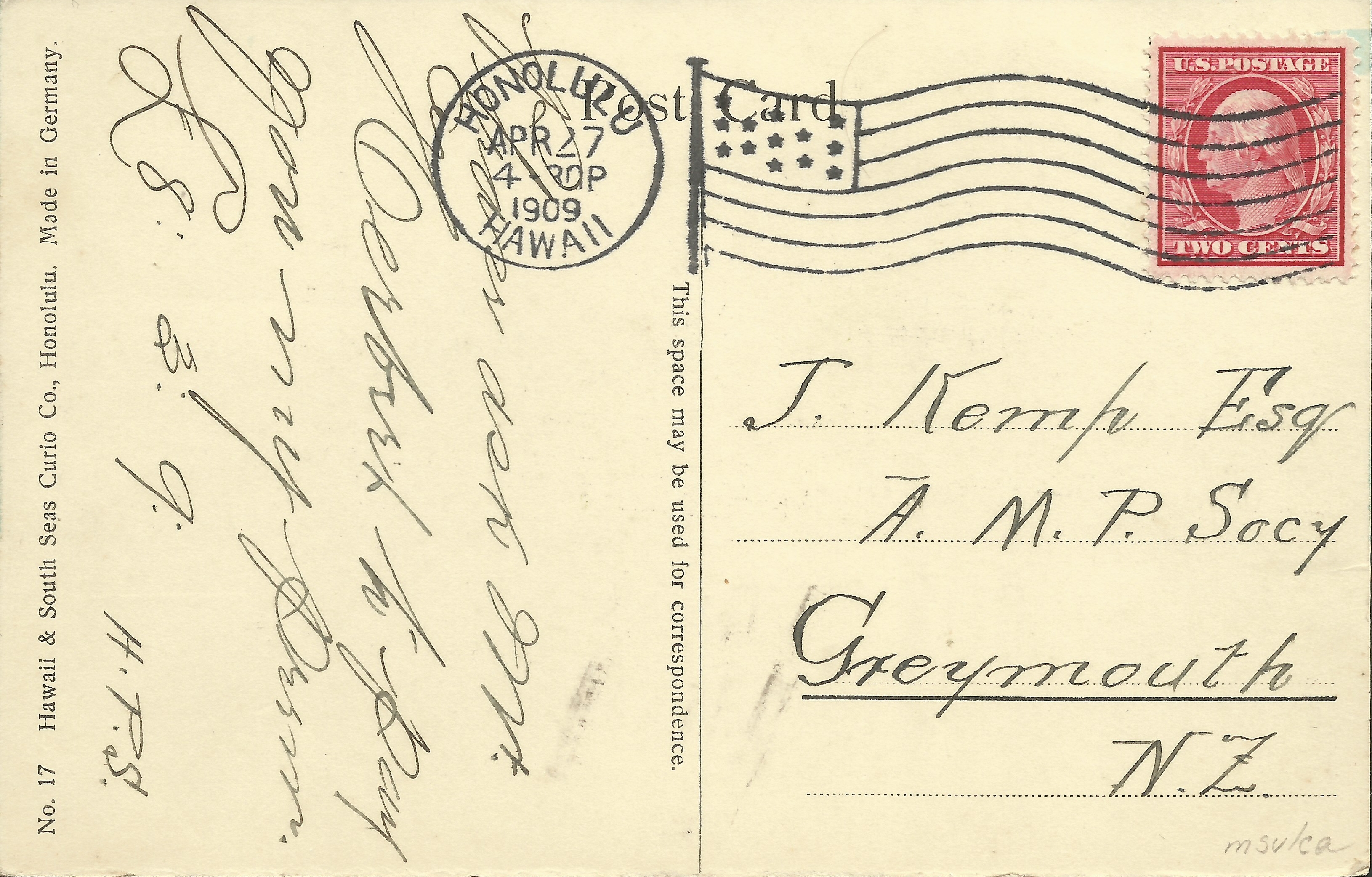
One of the most popular areas of collecting is “town views”, actual scenes from a particular town or region. Most collectors of town views start by collecting views of the town where they reside or the town where they grew up. The most popular of these are real photo postcards (RPPCs), postcards printed on actual photographic paper using the photographic process rather than printed cards created on a printing press. The attraction of a RPPC is that the scene shown is an actual scene from the past whereas a printed card can often be an artist’s conception of how the particular scene appeared. With many small towns having hundreds of different cards available, it is an area that can keep a collector busy for years.
According to a June 2008 article in The American Philatelist deltiology is the third largest collecting hobby worldwide after stamp collecting and coin/banknote collecting. Postcard clubs may be found in many countries; and these clubs, as well as related organizations, frequently host postcard shows.
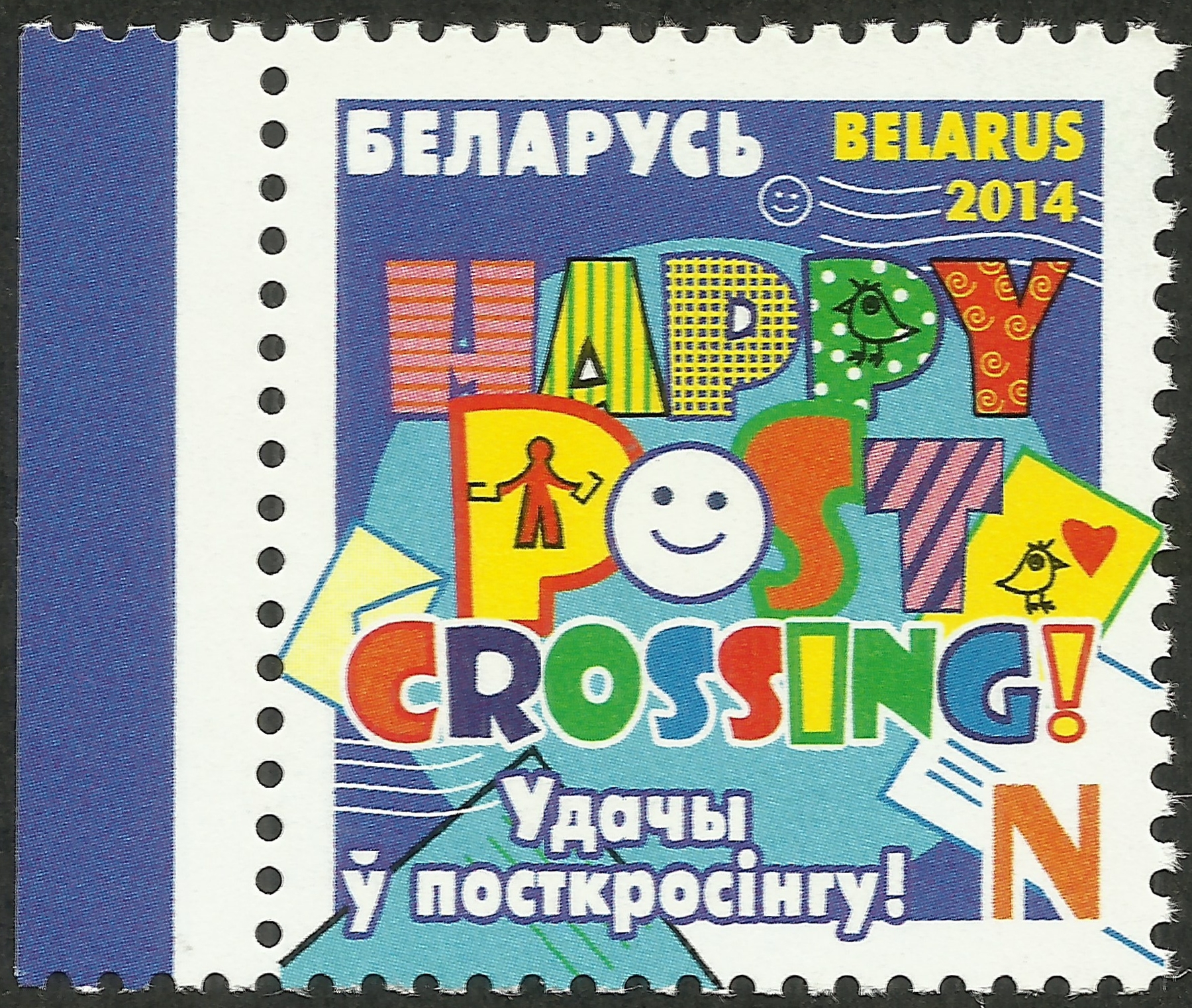
In 2005, Paulo Magalhães of Portugal began a project he called Postcrossing, motivated by the fact that he liked to receive mail, especially postcards. In a 2008 article in Union Postale, Magalhães was quotes as saying, “The element of surprise of receiving postcards from different places in the world (many of which you’d probably never have heard of) can turn your mailbox into a box of surprises — and who wouldn’t like that?” The Postcrossing website launched on July 14, 2005., initially hosted on an old computer housed in a clothes closet at his house. What started as a personal hobby for Magalhães quickly spread by word of mouth. As of right now (14:45 GMT +7 on October 25, 2018), Postcrossing has 745,637 members in 215 countries who have registered and exchanged over 49,137,782 postcards (605 in the last hour alone) that traveled some 154,028,776,473 miles (247,885,287,244 km). Yes, those statistics and more can be found on the website.
Postcrossing is an online project that allows its members to send and receive postcards from all over the world. The project’s tag line is “send a postcard and receive a postcard back from a random person somewhere in the world!” Its members, also known as postcrossers, send postcards to other members and receive postcards back from other random postcrossers. Where the postcards come from is always a surprise. Exchanges between the same two members only occur once; although direct swaps between members happen, they are not part of the official happenings on the site. The project is completely free and anyone with an address can create an account. The postcards and postage fees to mail them are the responsibility of each user.
The highest concentration of Postcrossing members reside (in order) in Russia, Taiwan, the United States, China, Germany, the Netherlands, Poland, Belarus, Ukraine, Finland and the Czech Republic, each with over 20,000 members. Globally, most postcrossers reside in North America, Europe and East Asia. Postcrossing is particularly popular in eastern European and former-Soviet states.
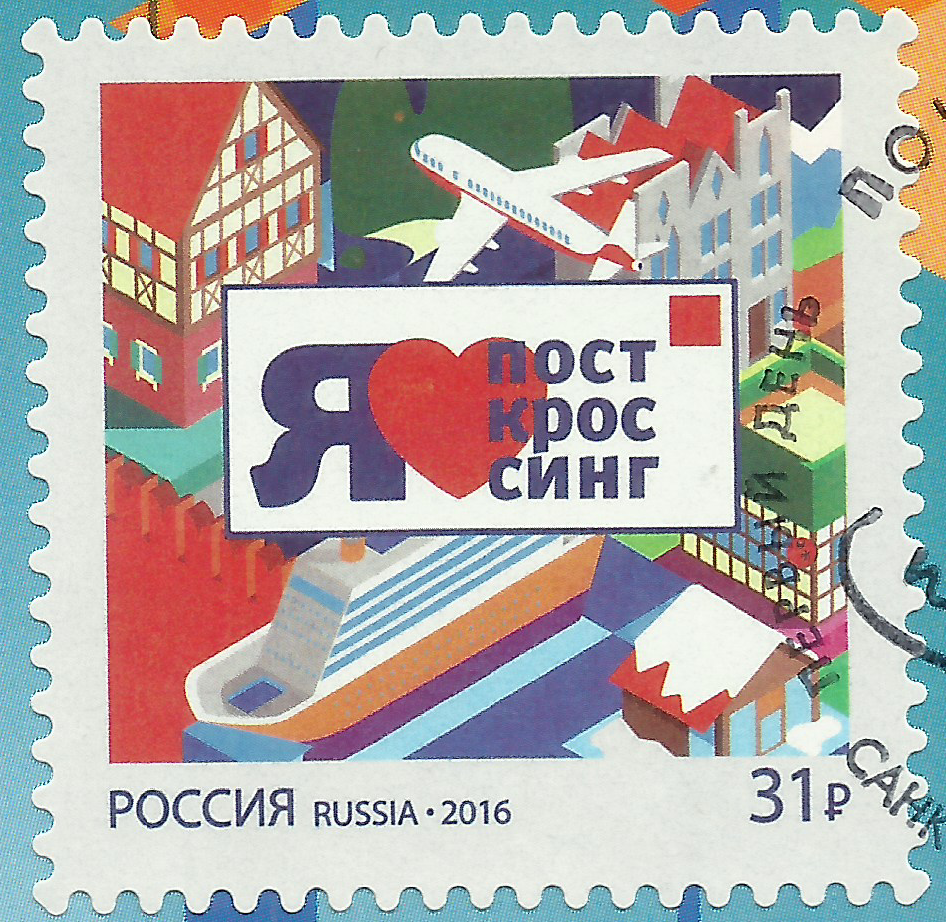
Over time, Postcrossing has received increasing attention from the media, contributing to its growth and popularity. The project reached its first million exchanged postcards on April 11, 2008, and has since grown even more rapidly. It reached the second million on February 26, 2009, with a postcard that traveled from Germany to Norway. The third million was reached on September 24, 2009, with a postcard traveling from Finland to Slovenia. The fourth million was reached on March 28, 2010, with a postcard traveling from the Czech Republic to the Netherlands.
Shortly after celebrating its fifth birthday, Postcrossing reached 5,000,000 postcards received on August 24, 2010, with a postcard traveling from Isle of Man (registered under an Italian member) to Thailand. Just one and a half years later, the 10,000,000th postcard traveled from Japan to Germany and was registered on January 27, 2012. The last day of that year saw the 15,000,000th Postcrossing card registered, having traveled from Germany to Italy. At the moment, approximately one million postcards are registered every two months. The 50 millionth card will probably be registered by the end of 2018.
The popularity of the site has led to the academic community exploring what makes Postcrossing so successful and what other digital communication technologies can learn from that success.

I joined Postcrossing on July 1, 2006, when the website was less than one year old. However, I’ve always been a fairly light user and have yet to send or receive any official cards this year. I need to take care of that very soon!
Since 2011, there have also been a total of 42 Postcrossing-themed stamps issued, mostly by stamp-issuing entities in Europe. The first of these was a set of six stamps released by the Netherlands on October 11, 2011 (Scott #1399a-1399f). Issued at the POSTEX philatelic exhibition in Adeldoorn, the miniature sheet of ten stamps containing the set was designed by communication agency The Stone Twins and depicted different types of postcards seemingly strewn about as if scattered on a doormat.
On September 9, 2013, Finland released a set of four stamps in a booklet pane to honor Postcrossing (Scott #1444a-1444d, with the booklet pane cataloged as Scott #1444). These were designed by Kokoro & Moi and printed by Joh. Enschedé Stamps of the Netherlands. The third country to release Postcrossing stamps was Belarus, on January 2, 2014, with a single non-denominated issue (Scott #884) designed by Inga Turlo featuring the words “Happy Postcrossing” in both English and Belarusian. Next up was Guernsey, with a single stamp released on May 28, 2014 (Stanley Gibbons #1517). Designed by Bridget Yabsley of the Guernsey Post marketing teaam, it features the words “Happy Postcrossing” over an outline of Guernsey with a smiley face, giving the “thumbs-up” to the hobby of Postcrossing. Printed by BDT International using offset lithography, the non-denominated stamp is used for the international letter rate up to 20 grams and initially sold for 66 pence.
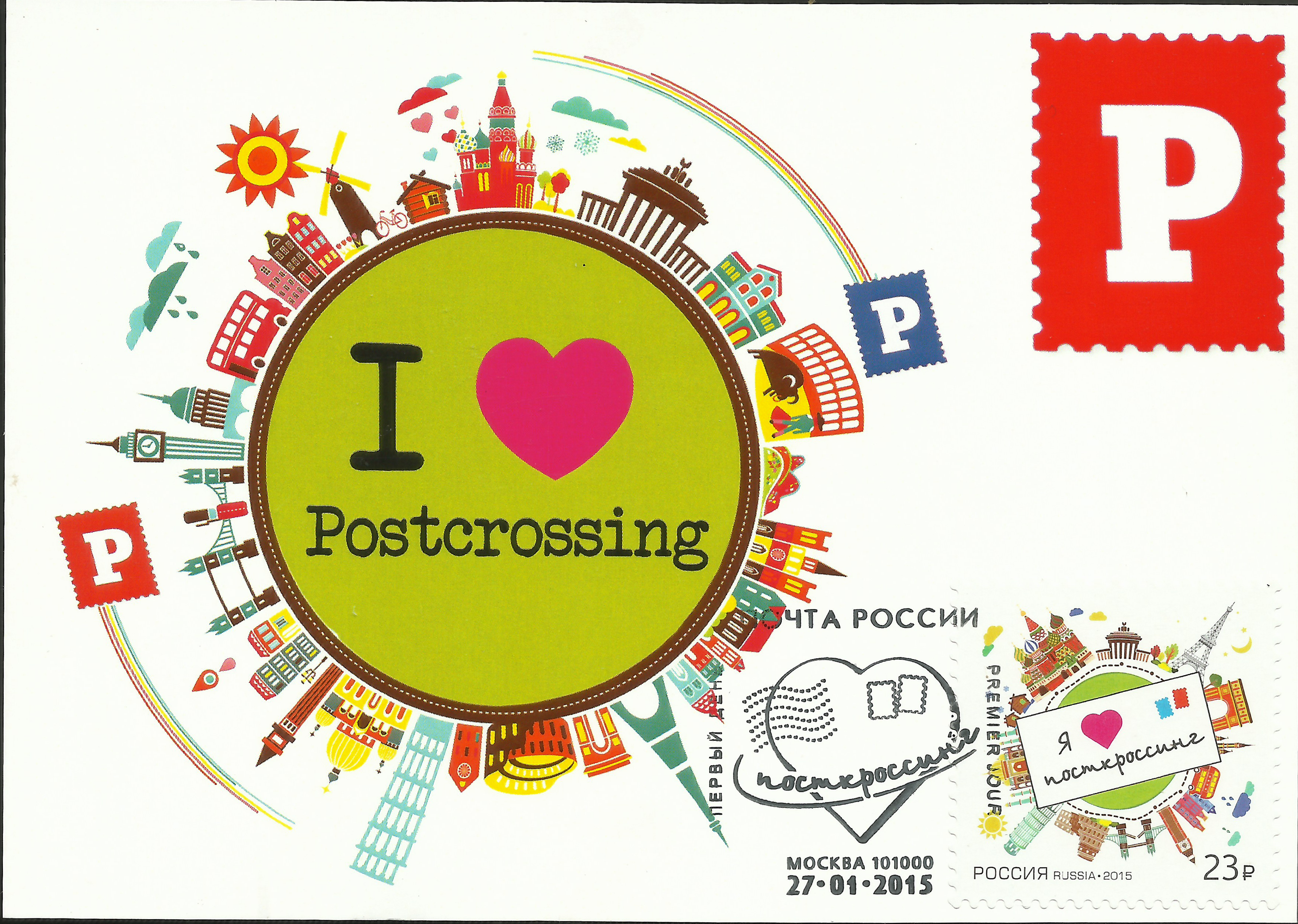
Russia has released several Postcrossing stamps with the first appearing on January 27, 2015 (Michel #2128). Russia Post issued only 297,000 copies of the 23-ruble self-adhesive stamp designed by Olga Shushlebina in sheets of nine stamps each. It features the words “Я ❤ посткроссинг” (“I ❤ Postcrossing”) and schematic pictures of world sights. The second Russian Postcrossing stamp was released on March 25, 2016 (Michel #2300) including the same words and in the same format as the previous issue. This time, the stamp was designed by I. Sidenko and denominated at 31 rubles with 414,000 copies issued. I was happy to receive maximum cards of each of these Russian Postcrossing stamps through an exchange with a member of the project.
In the past three years, a number of additional Postcrossing-themed stamps have been issued. I have those from Poland (Michel #4852, released on July 14, 2016); Slovenia (Michel #1153, released on May 29, 2015); and today’s featured stamp from Romania. This last stamp, Michel #7184, was designed by Râzvan Popescu and printed by Fabrica de timbre in panes of 32 which were cut down to miniature sheets of eight stamps with a center label. The printing method was offset lithography and the stamps were perforated in a gauge of 13¼. The 4-Romanian leu stamps were issued by SC Romfilatelia SA on February 24, 2017, in a quantity of 26,240.
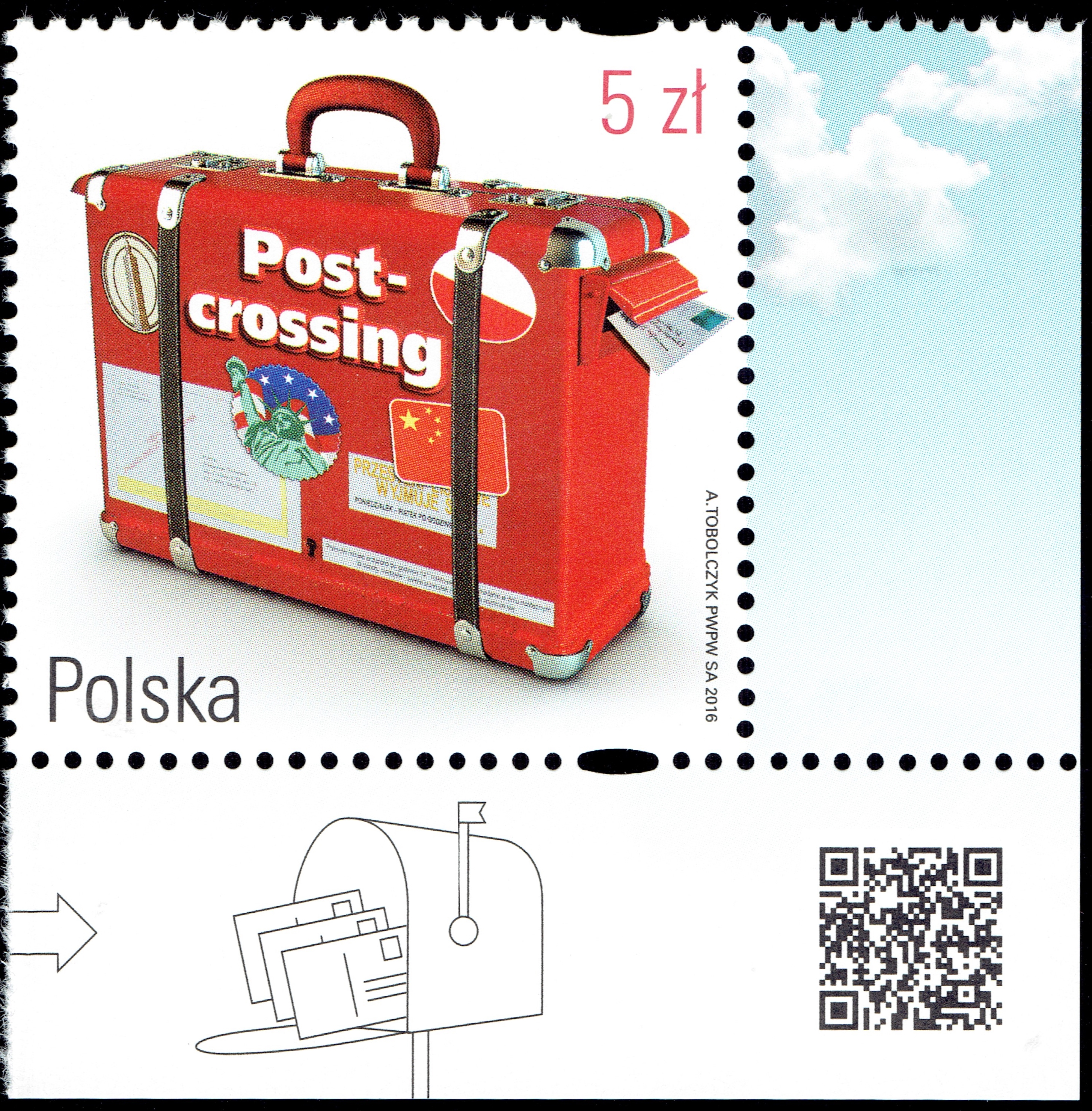
I have put together a list of Postcrossing stamps issued from 2011 to date, as seen below. I only have six of these stamps in my collection at the moment (indicated in boldface). Those are illustrated in today’s ASAD article, from my scans. I also have downloaded images of the other stamps in this topical, mostly sourced from Colnect, the Universal Postal Union, and the Postcrossing website itself. These images can be seen on my other stamp blog, Philatelic Pursuits.
- Netherlands: October 11, 2011: 6 stamps (Scott #1399a-1399f) in miniature sheet of 10
- Finland: September 9, 2013 — 4 stamps (Scott #1444a-1444d) in booklet pane of 4
- Belarus: January 2, 2014 — 1 stamp (Scott #884) in sheet of 12; designed by Inga Turlo
- Guernsey: May 28, 2014 — 1 stamp (Stanley Gibbons #1517); designed by Bridget Yabsley
- Russia: January 27, 2015 — 1 stamp (Michel #2128) in sheet of 9; designed by Olga Shushlebina
- Slovenia: May 29, 2015 — 1 stamp (Michel #1153)
- Czech Republic: September 2, 2015 — 1 stamp (Scott #3648) in sheet of 40; designed by graphic designer and illustrator Maria Nogueira
- Ukraine: October 5, 2015 — 1 stamp (Michel #1510) in sheet of 16; designed by Nataliia Andriichenko; pictures a girl holding a pen while wearing a traditional Ukranian costume
- Russia: March 25, 2016 — 1 stamp (Michel #2300) in sheet of 9; designed by I. Sidenko
- Netherlands: March 29, 2016 — 10 stamps (Michel #3447-3456) in miniature sheet of 10; designed by Reinier Hamel
- Austria: May 21, 2016 — 1 stamp (Scott #2615) in sheet of 50; designed by Robert Sabolovic; features a wall of stylized postcards with “Postcrossing” written in the colors of the Austrian flag
- Poland: July 14, 2016 — 1 stamp (Michel #4852) in miniature sheet of 6
- Guernsey: July 16, 2016 — 2 stamps (Michel #1572-1573)
- Belarus: January 3, 2017 — 1 stamp (Michel #1168); designed by Marina Vitkovskaya
- Romania: February 24, 2017 — 1 stamp (Michel #7184) in miniature sheet of 8; designed by Râzvan Popescu
- Indonesia: June 5, 2017 — 3 stamps, 1 souvenir sheet
- Switzerland: September 7, 2017 — 3 stamps (Michel #2500-2502); designed by Max Spring
- Ireland: October 5, 2017 — 1 stamp (Michel #2242); illustration by Cathy Dineen
- Hungary: February 2, 2018 — 1 stamp (Michel #5937) in a miniature sheet of 4: based on artwork created by graphic artist Zsolt Vidák
- Moldova: June 23, 2018 — 1 stamp (Michel #1053); drawn by Lilian Iaţco
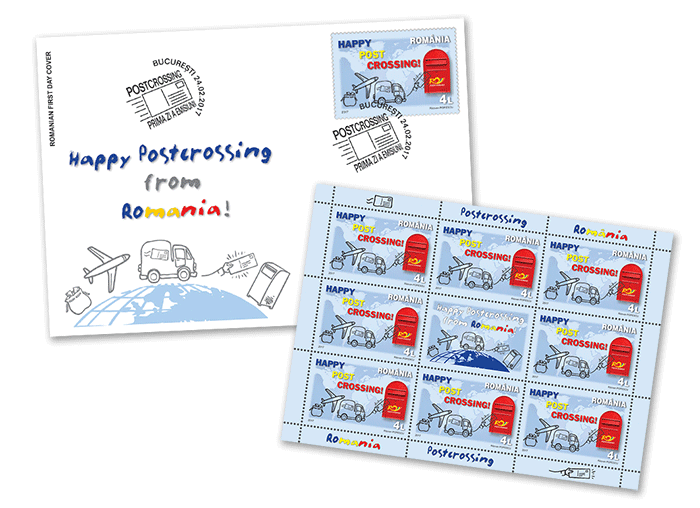




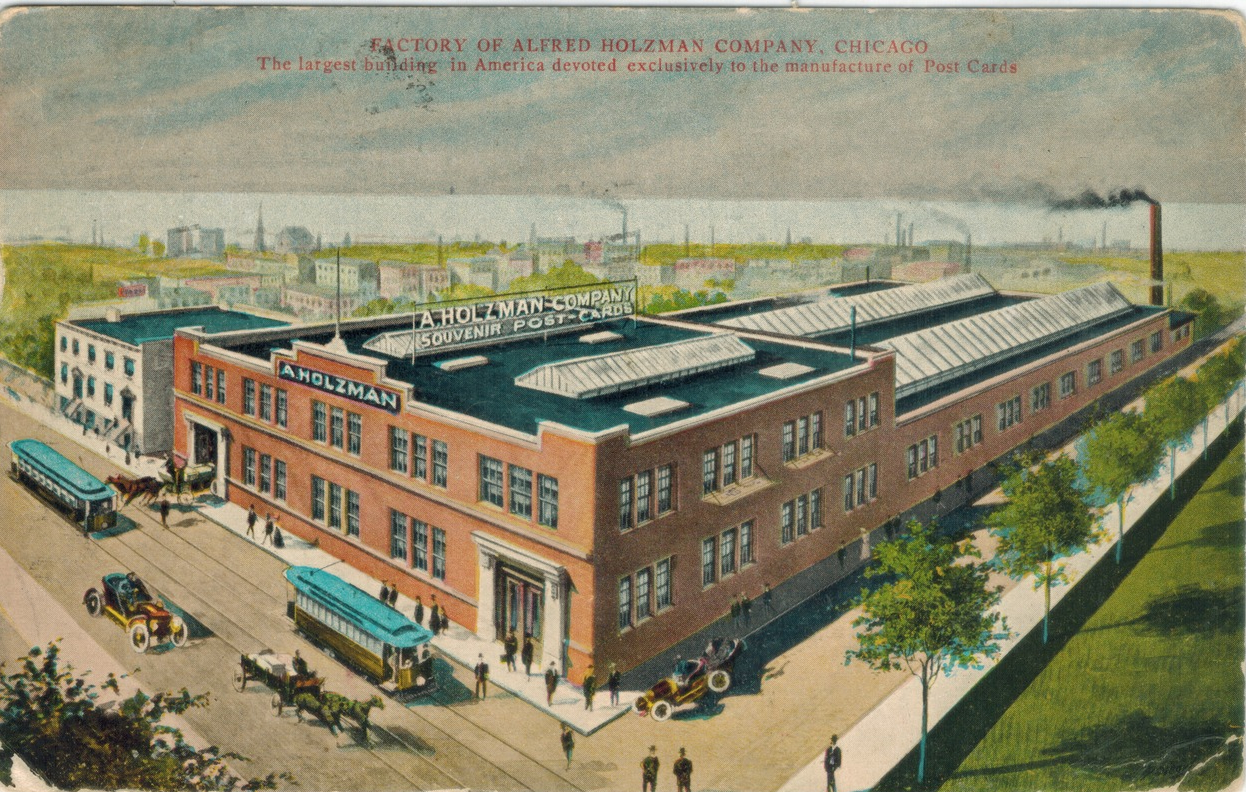


One thought on “National Stamp Collecting Month: Postcards & Postcrossing”